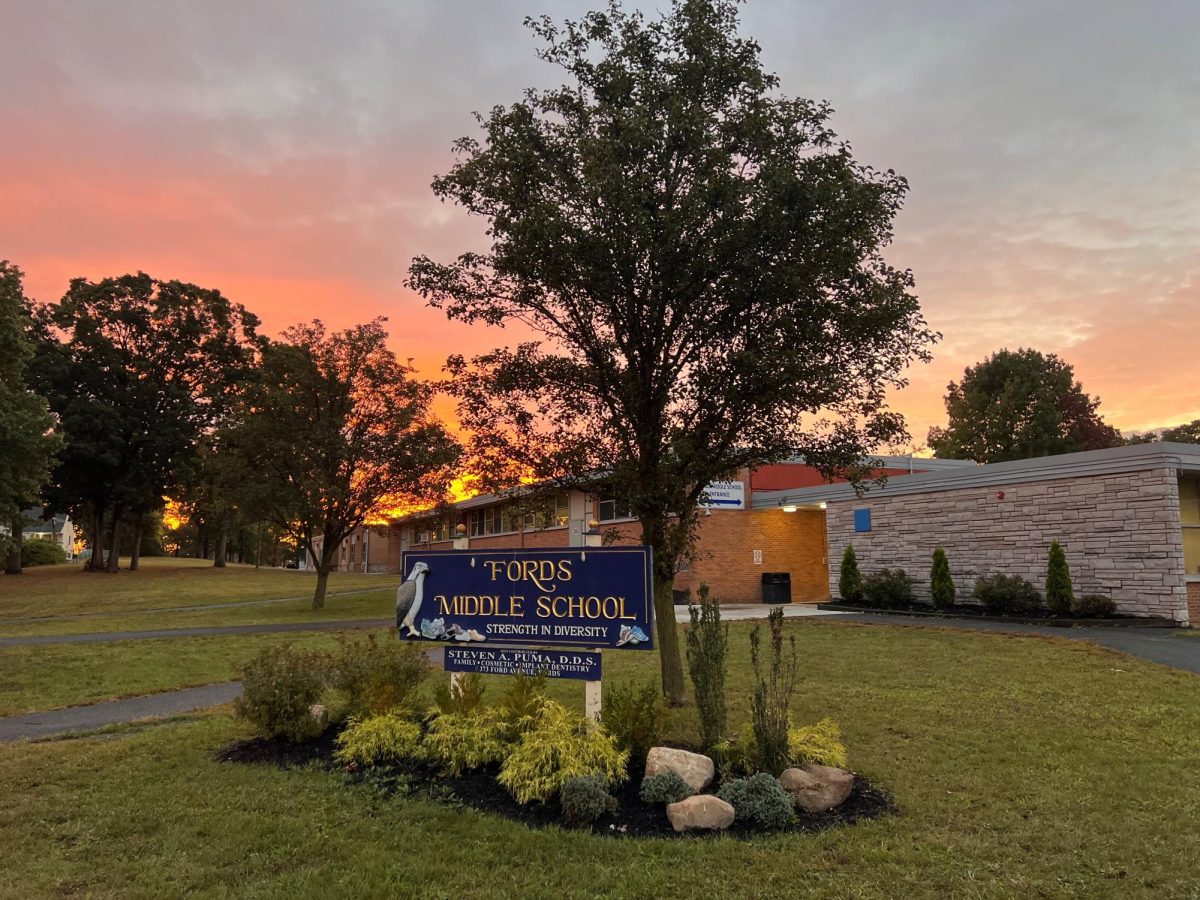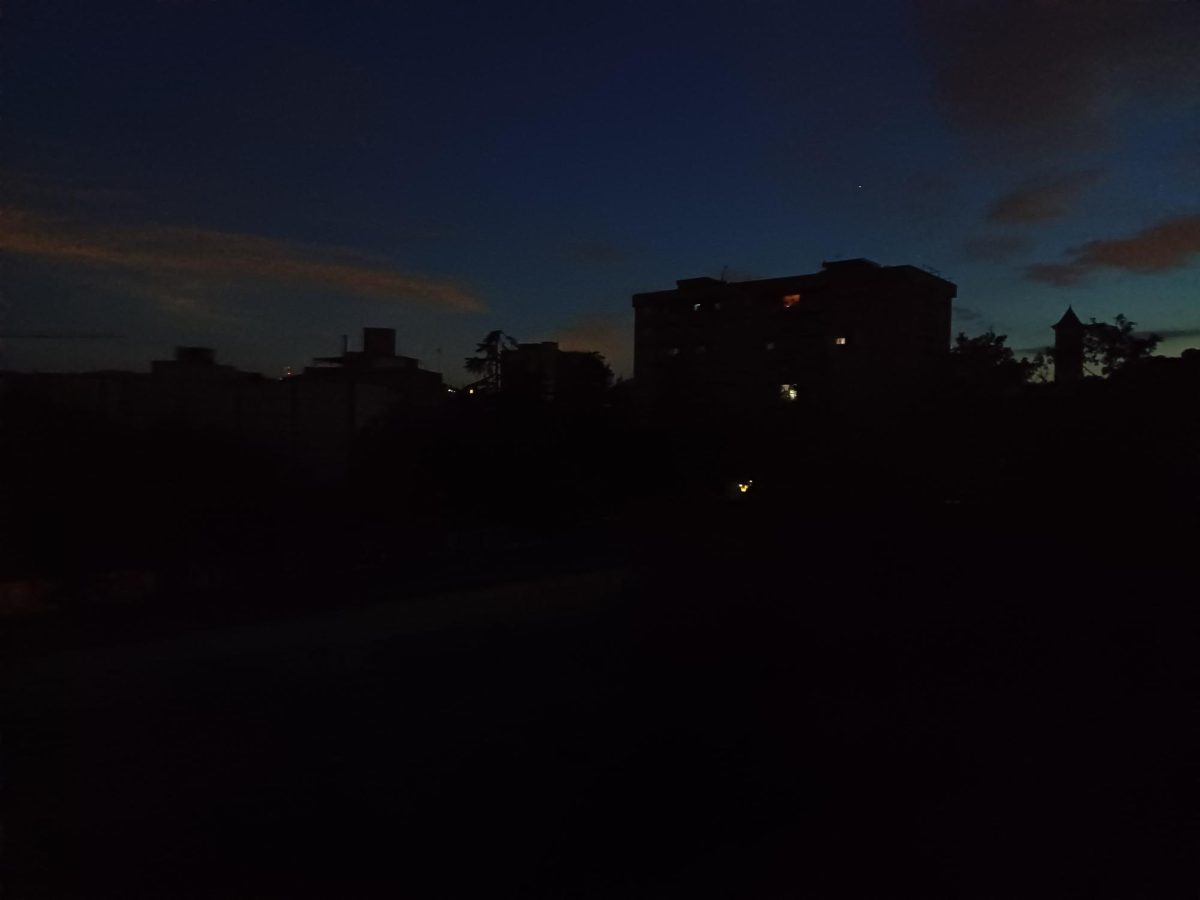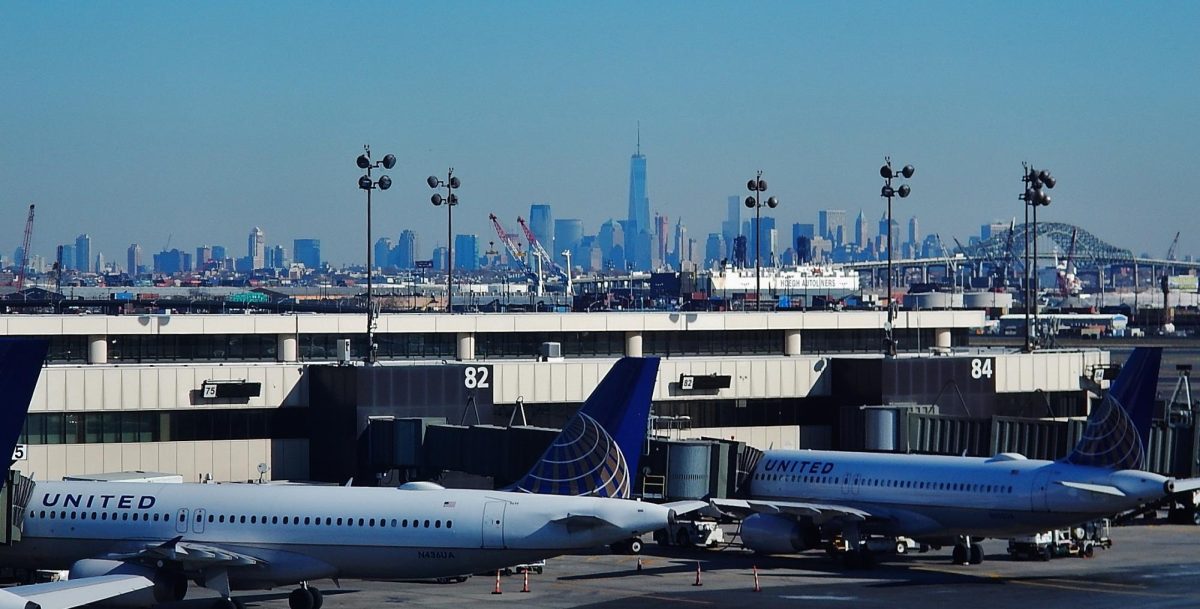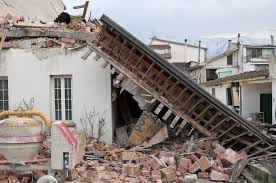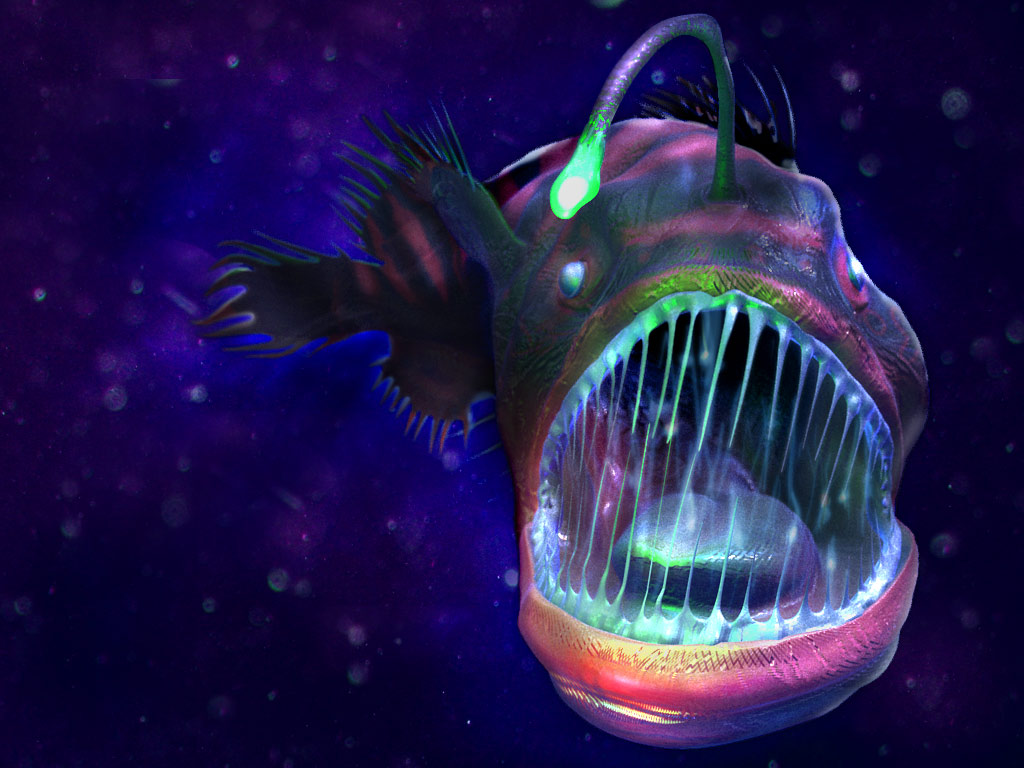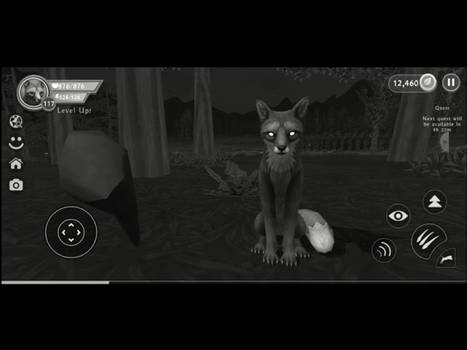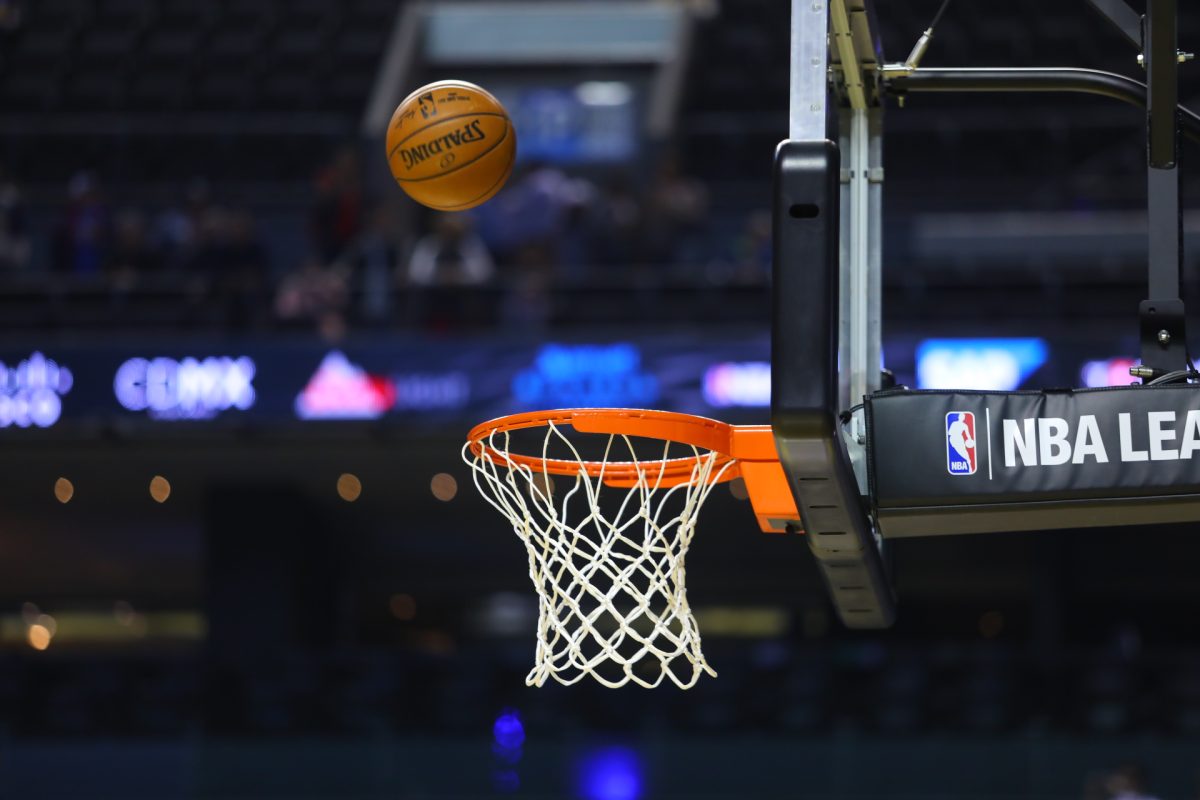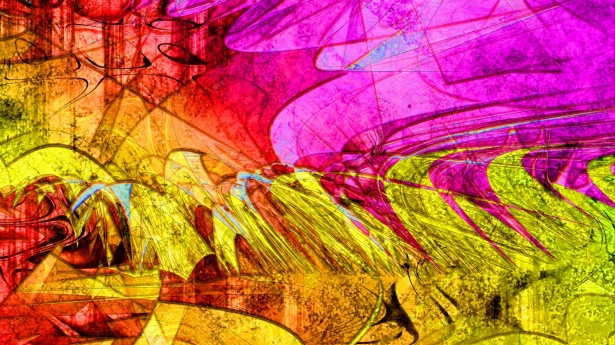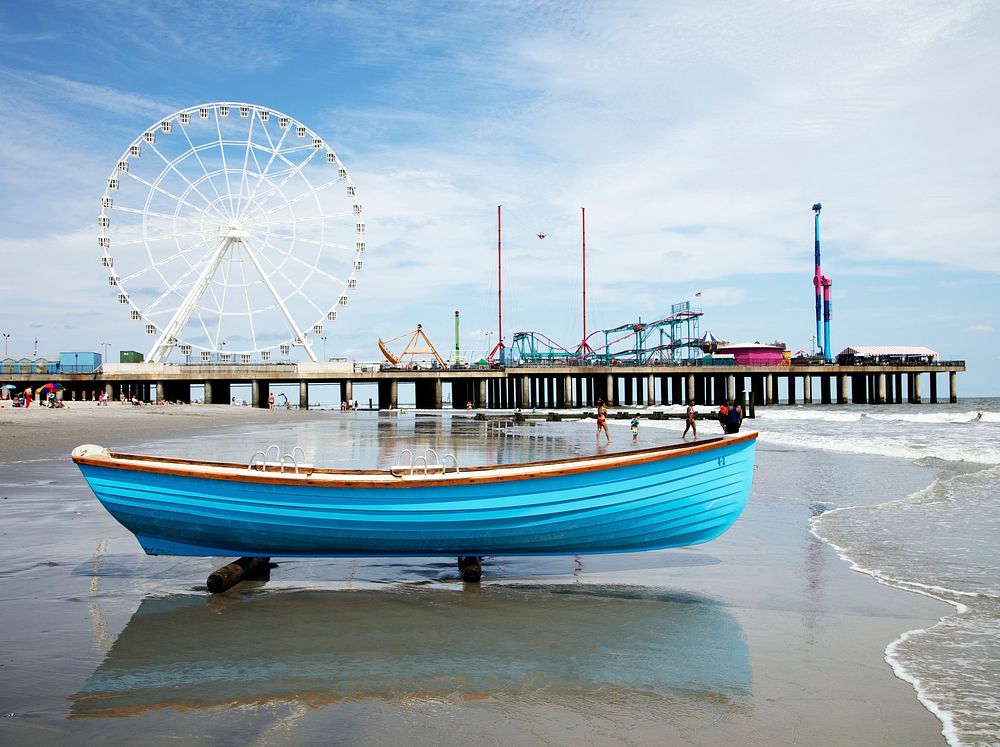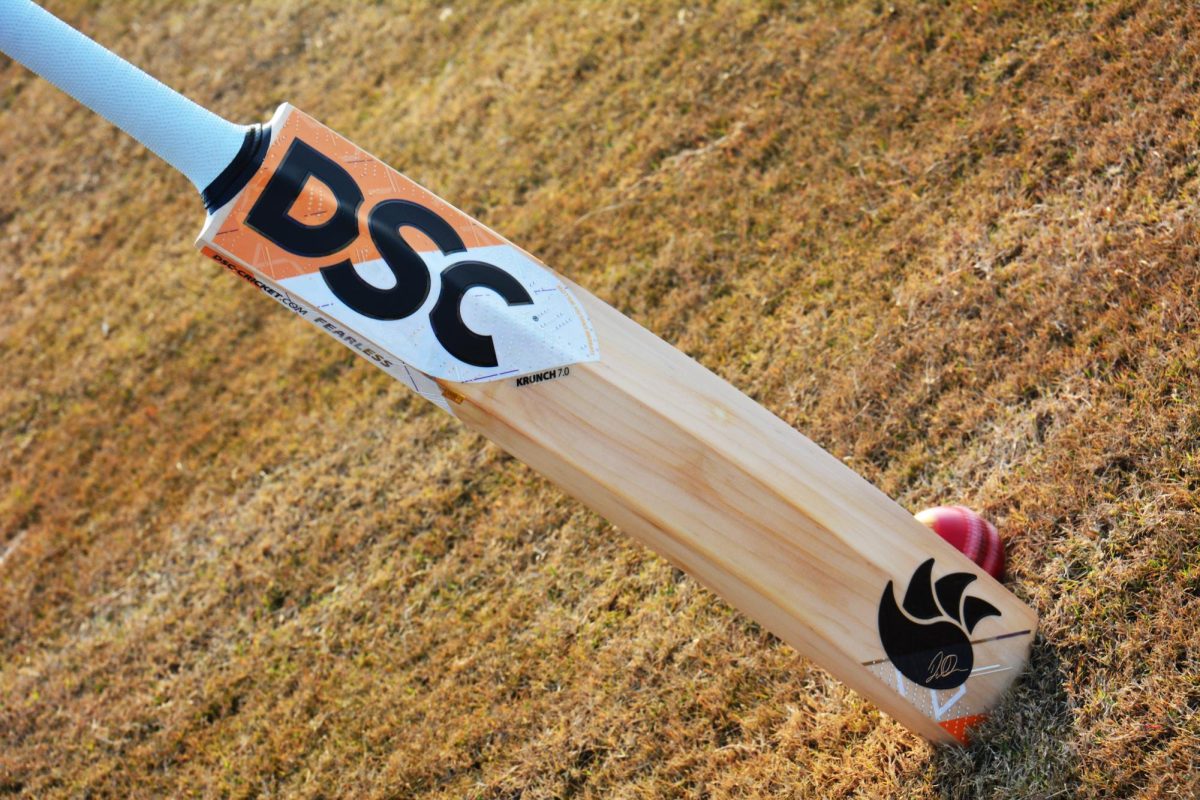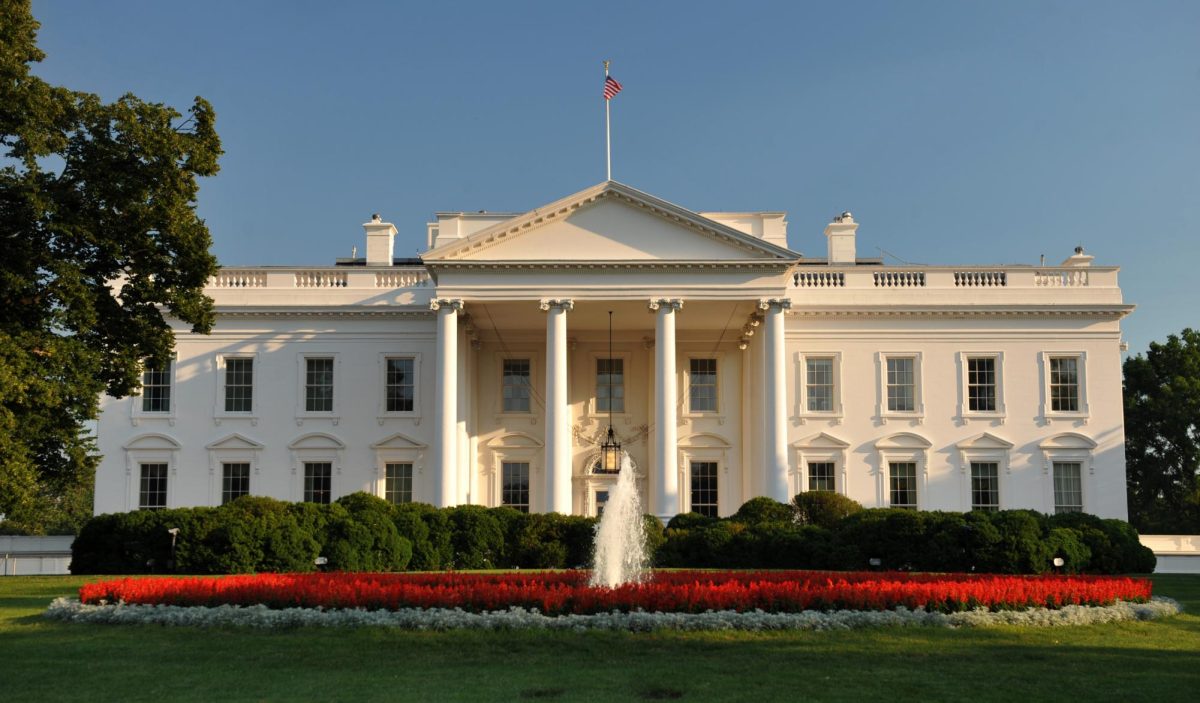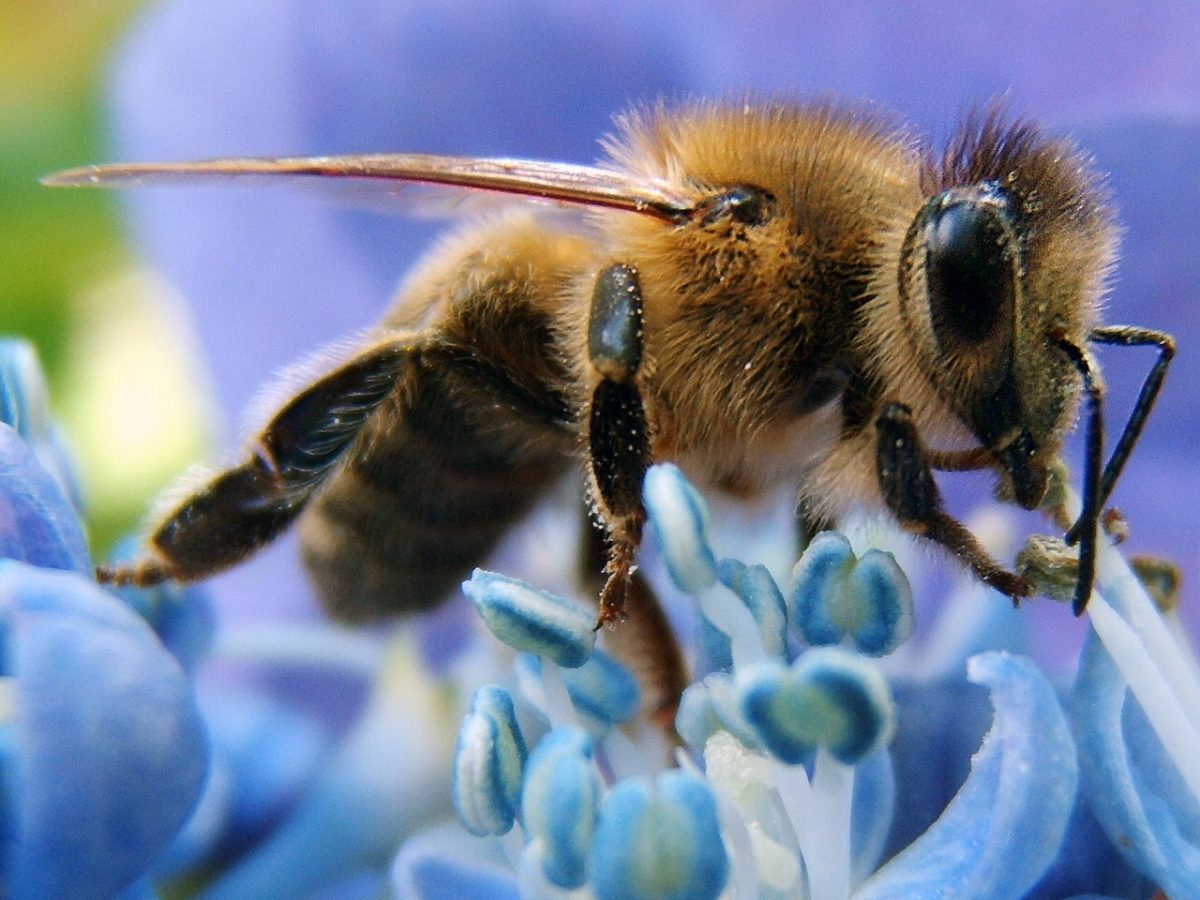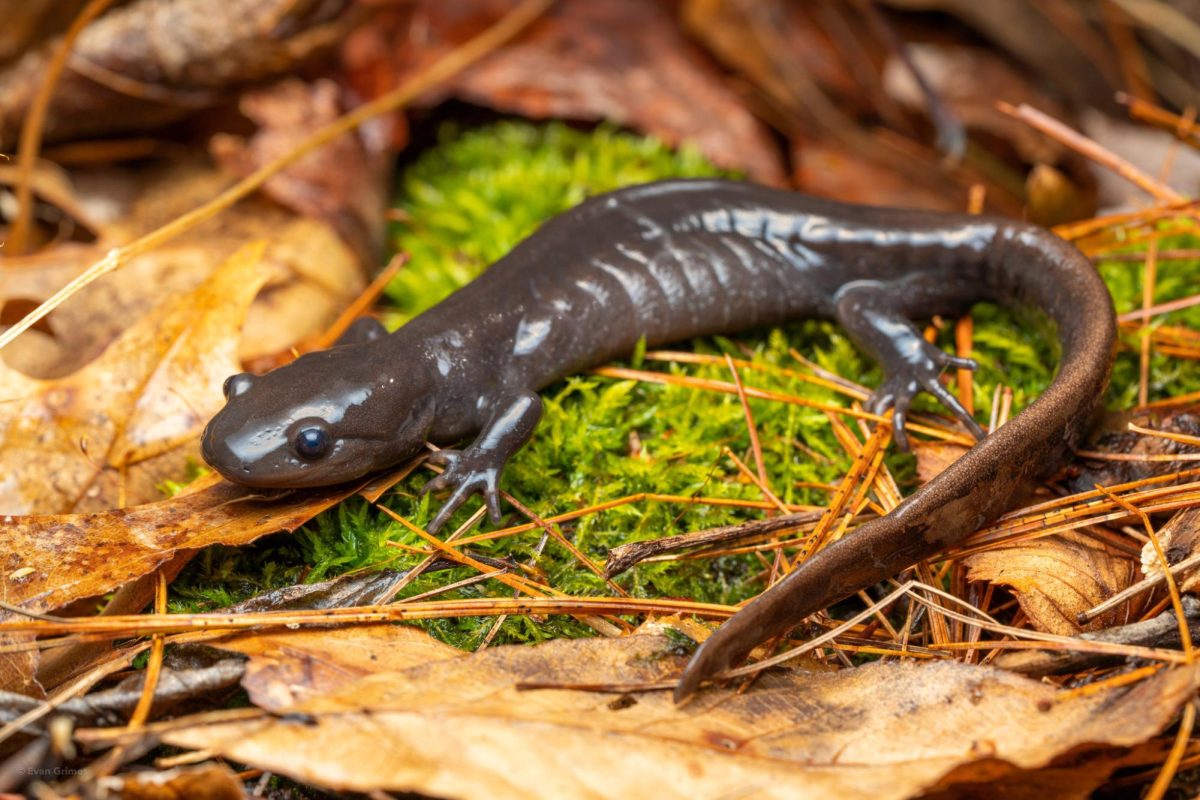Bees are facing declines and die-offs due to a combination of factors, including habitat loss, pesticide use, parasites, climate change, diseases, and poor nutrition, which weaken their ability to survive and reproduce.
According to the Natural Resources Defense Council, “In the mid-2000s, honeybee colony losses skyrocketed almost overnight—jumping from 10-15% per year, mostly due to winter cold, to around 30-50% per year and happening year-round. Since then, these extreme losses have continued unabated and, if anything, have gotten worse. But now we have more honeybee colonies than we did 20 years ago, so what gives? Put simply, beekeepers are breeding a lot more bee colonies to offset the massive year-over-year colony die-offs.”
I decided to ask a professor named Mr. Gershen to provide more information. “With the decrease in the bee population in North America, the lack of pollination of plants will affect the ability to produce fruits and vegetables for animals this will ultimately harm the entire food web and decrease the survivability of many creatures.”
The NRDC also stated that “that limitation isn’t just because of weak and dying honeybees. Our wild bees—over 4,000 species of which are native to the U.S.—and other pollinators continue to disappear at disturbing rates. These losses form part of a larger recent trend of across-the-board insect losses (sometimes dubbed an “insect apocalypse”), but pollinators are especially hard hit—e.g., monarch butterfly populations shrunk up to 72% over the last decade and several native bumblebee species declined up to 96% over the last two. Many of these species are even better crop pollinators than honeybees, and with 80% of plants dependent on pollinators to reproduce, all are critical keystone species for our ecosystems.”




